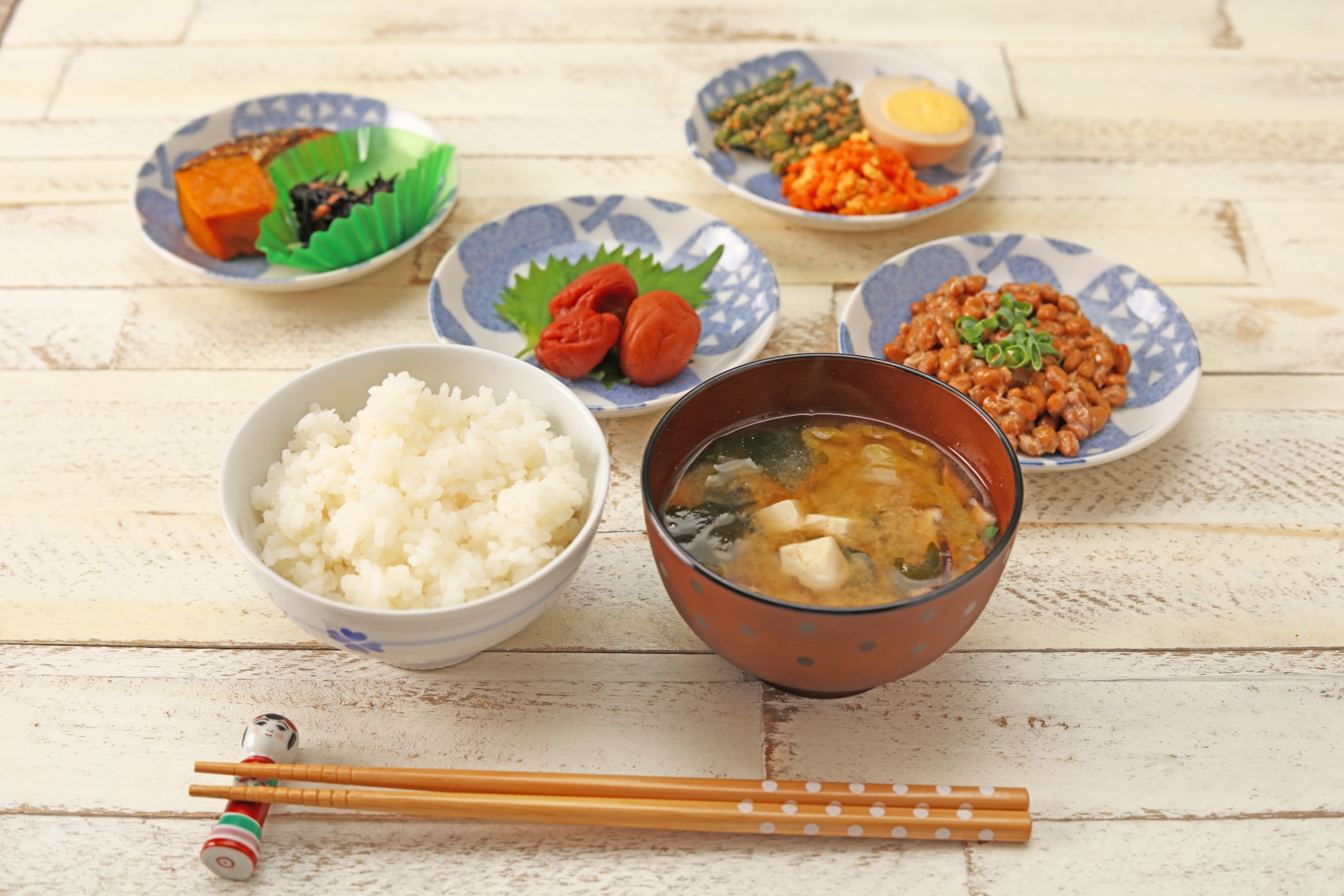Introduction: Exploring Japanese Cuisine
Japanese cuisine is renowned for its delicate flavors, artistic presentation, and meticulous preparation. The cuisine has evolved over centuries, influenced by various factors, including geography, religion, and history. Japanese food is a fusion of flavors and techniques that embody traditional Japanese culture, but it is also influenced by neighboring countries in Asia. In this article, we will explore the historical and cultural influences of neighboring countries on Japanese cuisine.
Historical Influences on Japanese Cuisine
Japan has a long history of trade and cultural exchange with neighboring countries, which has significantly influenced its cuisine. The introduction of Buddhism in Japan in the 6th century brought with it the vegetarian diet and the use of soybeans, which became a staple of Japanese cuisine. During the Edo period (1603-1868), Japan’s isolation from the rest of the world resulted in the development of a unique cuisine that was heavily influenced by the country’s geography and culture.
Influences from China on Japanese Cuisine
China has been a significant influence on Japanese cuisine for over a millennium. Chinese food was introduced to Japan in the 6th century when Chinese monks brought it with them. The use of noodles, stir-frying, and the wok are all Chinese cooking techniques that have been adopted by Japanese cuisine. The Japanese also adapted Chinese-style hot pot with the introduction of shabu-shabu, a dish made with thinly sliced meat and vegetables cooked in a hot pot.
Influence from Korea on Japanese Cuisine
Korean cuisine has also had a significant influence on Japanese cuisine, with Korean food being introduced in the 8th century. Korean influence is seen in the use of soy sauce, kimchi, and other fermented foods that are now essential in Japanese cuisine. Yakiniku, a popular Japanese dish made with grilled meat, is believed to have originated from Korean barbecue.
Influence from Southeast Asia on Japanese Cuisine
Southeast Asian cuisine has also influenced Japanese cuisine, particularly in the use of spices and herbs. Thai and Vietnamese cuisine have influenced Japanese cuisine with the use of lemongrass, coriander, and chilies in dishes like curry and ramen. The use of coconut milk in Japanese cuisine is also believed to have been influenced by Southeast Asian cuisine.
Conclusion: A Fusion of Cultures in Japanese Cuisine
In conclusion, Japanese cuisine is a fusion of cultures, with neighboring countries significantly influencing its development. The use of soy sauce, fermented foods, and spices are just some of the influences of neighboring countries on Japanese cuisine. However, despite these influences, Japanese cuisine has maintained its unique identity, and the meticulous preparation and artistic presentation of its dishes have made it a world-renowned cuisine.

